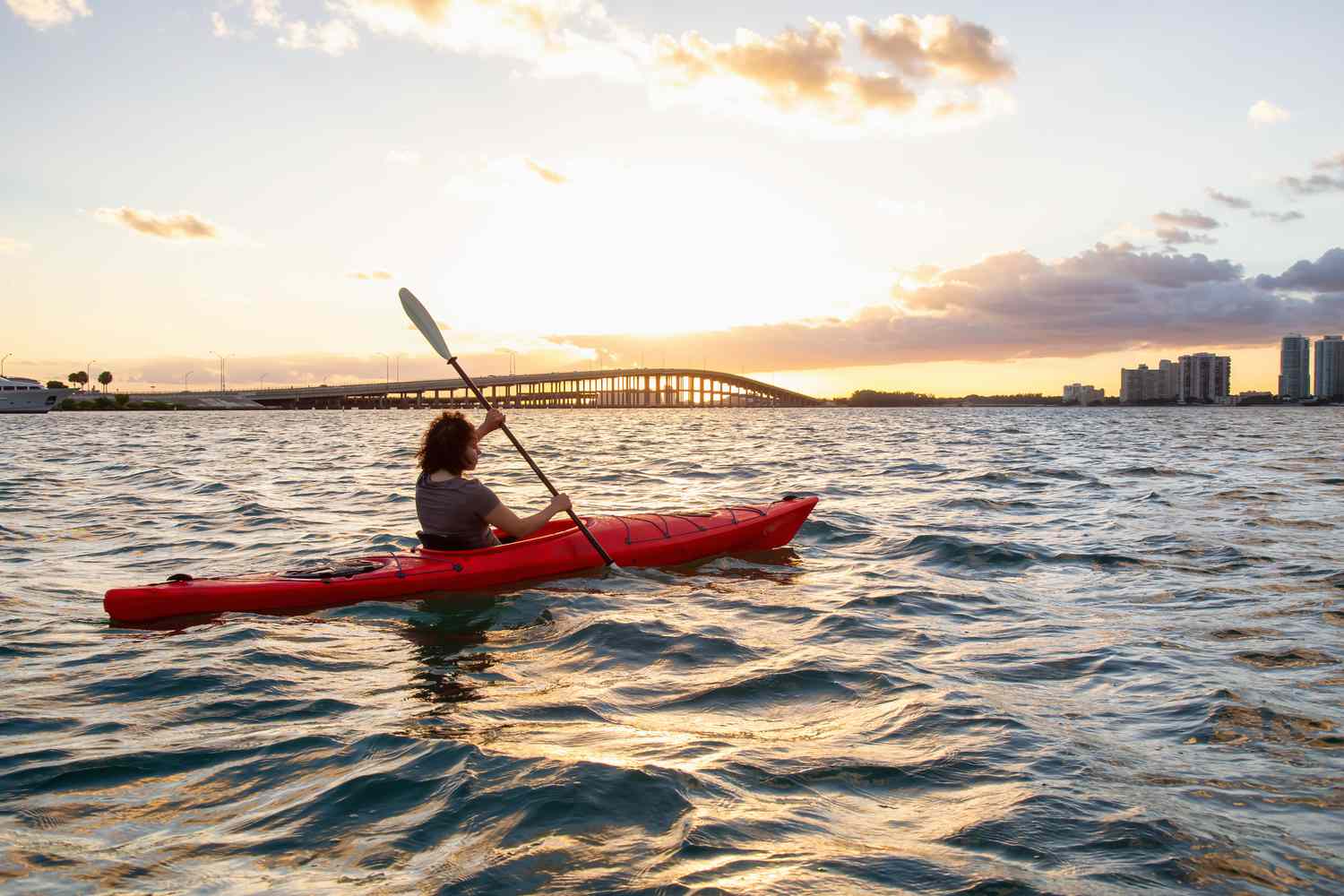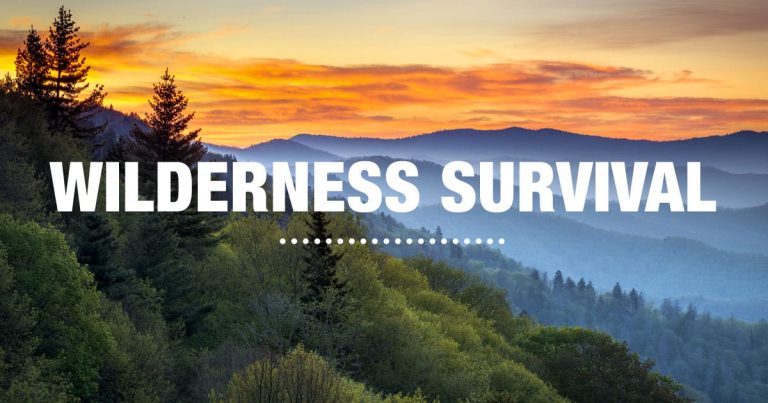The Ultimate Guide to Kayaking: Paddle Your Way to Adventure
Kayaking is a water sport that combines adventure, tranquility, and physical activity. Whether you’re a novice looking to dip your paddle in the water for the first time or an experienced kayaker seeking new challenges, this comprehensive guide will provide you with all the information you need to embark on your kayaking journey.
- History of Kayaking
The history of kayaking is deeply rooted in the cultures of the Arctic regions, with the Inuit and Aleut peoples being some of the earliest kayakers. Traditional kayaks were crafted from materials such as driftwood and animal skins, designed for hunting and transportation in the challenging Arctic conditions. Today’s kayaks come in various materials, including plastic, fiberglass, and carbon fiber.
- Types of Kayaks
There is a wide variety of kayak types designed for different purposes and water conditions, including:
a. Recreational Kayaks: These kayaks are stable and user-friendly, ideal for beginners and casual paddlers on calm waters like lakes, ponds, and slow rivers.
b. Touring Kayaks: Longer and sleeker, touring kayaks are designed for covering longer distances and offer better tracking and stability, making them perfect for exploring coastal waters.
c. Whitewater Kayaks: Compact and agile, whitewater kayaks are designed for navigating fast-moving rivers and negotiating challenging rapids.
d. Sit-On-Top Kayaks: Open-top kayaks are excellent for warm-weather paddling, fishing, and casual recreational use.
e. Inflatable Kayaks: Perfect for those with limited storage space or frequent travelers, inflatable kayaks are portable and easy to set up.
- Essential Kayaking Gear
Before you hit the water, make sure you have the right gear to ensure safety and comfort. Key items include:
a. Paddle: Choose a paddle that suits your height and paddling style.
b. Personal Flotation Device (PFD): Safety should always come first, and a PFD is a must for every kayaker.
c. Spray Skirt: For kayakers in enclosed kayaks, a spray skirt helps keep water out of the cockpit.
d. Safety Equipment: Items like a bilge pump, paddle float, and whistle are essential for emergencies.
e. Wet Suit or Dry Suit: Depending on the water temperature, these suits can keep you warm and dry during your adventure.
- Kayaking Techniques
To become a skilled kayaker, you’ll need to learn and practice various techniques, including:
a. Forward Stroke: The fundamental paddling technique for moving your kayak efficiently.
b. Turning Strokes: This category includes sweep strokes, draw strokes, and rudder strokes, which help you turn and maneuver your kayak.
c. Eskimo Roll: An advanced technique for righting your kayak after a capsize.
d. Bracing: Techniques to maintain stability in rough water and prevent capsizes.
- Safety Tips
Safety is paramount in kayaking. Here are some crucial safety tips to keep in mind:
a. Check the Weather: Always stay updated on the weather forecast and plan your trip accordingly.
b. Wear a PFD: Never kayak without wearing a personal flotation device.
c. Learn Self-Rescue Techniques: Be prepared to handle capsizes and emergencies.
d. Kayak with a Buddy: Kayaking with a friend adds an extra layer of safety.
e. Leave a Float Plan: Inform someone trustworthy about your trip plans, including your intended route and expected return time.
- Choosing a Kayaking Location
The choice of location significantly impacts your kayaking experience. Factors to consider include the type of water (calm, rough, open sea, river), accessibility, and local regulations. Popular kayaking destinations include national parks, coastal areas, and designated water trails.
- Environmental Awareness
As a responsible kayaker, you have a duty to protect the environment. Follow Leave No Trace principles, respect wildlife, and support local conservation efforts. Minimize your impact on the environment by practicing responsible kayaking.
Conclusion
Kayaking is a versatile and rewarding outdoor activity that offers something for everyone. Whether you’re seeking serenity on a calm lake, the excitement of whitewater rapids, or the adventure of sea kayaking, there’s a kayak type and a location suitable for your preferences. By prioritizing safety, respecting the environment, and continuously honing your skills, you can enjoy the incredible world of kayaking while staying safe and having a fantastic time on the water. So grab your paddle, put on your PFD, and embark on your kayaking adventure today.






